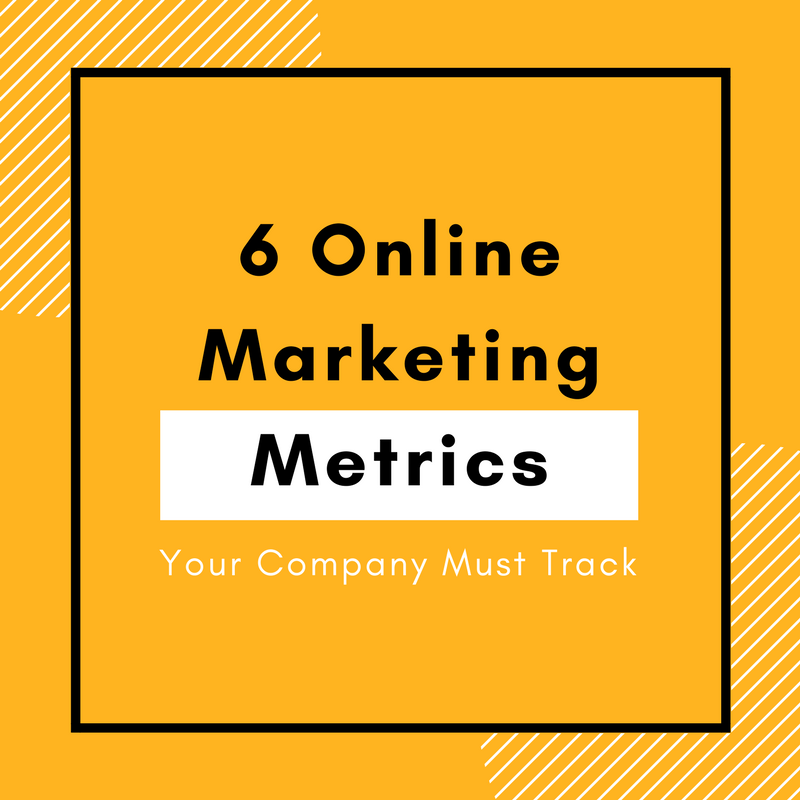Which Marketing Metrics Should You be Measuring?
When it comes to marketing and social media, there’s often a disconnect between actions and sales. There is no direct measure that can say “This online marketing effort caused this direct sale”. The best way to measure the effectiveness of online marketing and social media efforts is through metrics involving engagement, following, impressions and so on.
Metrics are essential for understanding which campaigns have done well and how they can be improved. If your company is not measuring their efforts online, you could be hindering your company’s full potential. The digital world is all about creating buzz about your product. The more a customer sees and recognizes your brand name, the higher likelihood your company will be on top-of-mind awareness. This will turn into sales when they go shopping or need a service and they are able to quickly remember your brand. However, in order to understand if your company is reaching the public, you need to keep an eye on marketing metrics.
This may seem confusing at first, as there are many different metrics your company could be tracking. That’s where we come in; we’ve put together the exact metrics you should be measuring. We want to make it easy for your company to thrive.
Website Metrics:
-
Bounce rate
-
Total visits
-
Conversion Rate
1.Bounce Rate
Bounce rate is the number of times people ‘bounce’ off your website. This means when people click on a link and they are taken away from your site to another, or simply closes your site. The importance of this metric is to see how long people are staying on your page. If people are immediately redirected or closing your site, you lose that customer. Ideally, you want a low bounce rate to ensure customers are not only seeing your website, but reading more about your company and brand as well.
2. Total Visits
This is pretty self-explanatory. More visits=more customers. It’s important however to keep an eye on this metric, especially during new campaigns. When a new marketing campaign has been released, your total visits should increase. If they don’t, you may need to reevaluate your efforts in order to avoid losing money on marketing that’s not working.
3. Conversion Rate
Conversion rate is the amount of customers that fulfill an action or sale. This could mean they purchase a product or service, or simply sign up with their email. You want viewers to perform an action that benefits your company and converts them from a simple viewer to consumer. Making sales is great, but also gathering a name and email is also beneficial.
Social Media Metrics:
-
Impressions/reach
-
Followers
-
Engagement/clicks
1.Impressions/reach
This metric tracks the number of people who view your social media post. They may not be followers, may not spend a lot of time on the post, but they at least saw it. This measurement shows how far past your immediate followers your posts are reaching. The higher the impressions the better the post. This leads to new customer generation if they become interested in what your company is presenting.
2. Followers
Again, this is a fairly obvious metric. The more followers the more possible customers you receive. This is better than simply reaching a consumer because they are actively showing that they are interested in your company. So much so that they will see every posts of yours in their feed. Followers also generate data. This data can show you demographics such as: age, gender, location. Your company can then evaluate this data compared to your target market.
3. Engagements/clicks
Every effort on social media should have a link attached. Whether to your website or another, tracking engagement is vital. This will give your company solid evidence that social media is driving new and current customers to your website.


